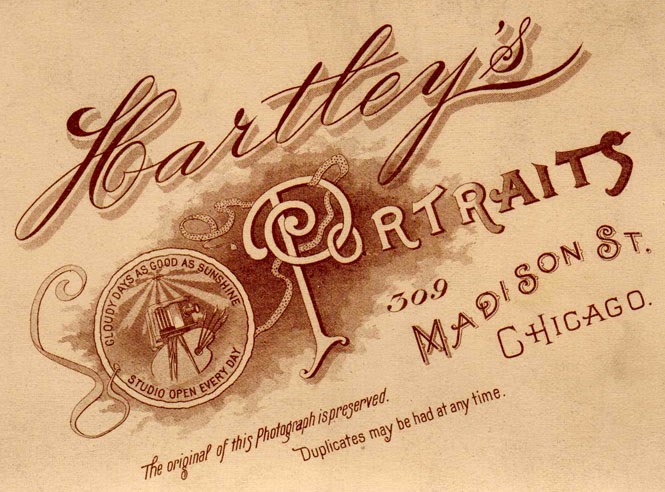On February 19, 2015, President Barack Obama signed a proclamation
establishing the Pullman National Monument during a ceremony held at the
Gwendolyn Brooks College Preparatory Academy, 250 E. 111th Street in
Chicago. The event marked the
culmination of decades of work on the part of residents, preservations, and
many others to protect and interpret America’s first planned industrial town
and a site associated with important milestones in the labor and civil rights
movements.
Robin Kelly, U.S. Representative for Illinois' 2nd
Congressional District, opened the ceremony
Congressional District, opened the ceremony
The model town was created in the 1880s by the Pullman Palace Car
Company to manufacture railroad passenger cars and to house workers and their
families. Founder George M. Pullman (who
lived at 1729 S. Prairie Avenue, on the corner directly opposite from the Glessner
house) strove to create an environment of good housing, parks, and other
amenities as a way to foster a happy and reliable workforce. Designed by architect Solon S. Beman and
landscape architect Nathan F. Barrett, the town stood in stark contrast to the
crowded and inadequate living conditions which were typical for many factory
workers in Chicago and elsewhere. The
Town of Pullman, at that time outside of the city limits of Chicago, quickly
became an internationally famous experiment in planning and attracted visitors
from around the world, especially during the World’s Columbian Exposition of
1893.
Secretary of the Interior Sally Jewell acknowledged the students
from Gwendolyn Brooks College Prep during her talk
from Gwendolyn Brooks College Prep during her talk
That same year, the country was hit with a severe economic depression
that resulted in reduced orders for railroad cars. The company was forced to lower wages, but
did not lower the rents charged to those workers occupying company
housing. Company workers went on strike
on May 11, 1894 and were soon joined by members of the American Railway Union,
effectively paralyzing the railroads and mail delivery across much of the
country.
Mayor Rahm Emanuel introduced the President
As the strike continued, Congress passed legislation designating Labor
Day as a Federal holiday, with President Grover Cleveland signing that order on
June 28, 1894. Tragically, the strike
was not resolved until mid-July by which point thirty workers had been killed
after Federal troops were brought in to end the strike.
In August 1894, Illinois sued the company, alleging that their ownership
and operation of the town was in violation of its corporate charter. The Illinois Supreme Court upheld that
decision in 1898, by which time Robert Todd Lincoln had succeeded George Pullman
as president of the company (Pullman died in 1897). Most of the residential properties were sold off
by the company in 1907.
President Barack Obama
Another significant chapter in the history of the Pullman Company
involved the establishment of the Brotherhood of Sleeping Car Porters in 1937. Founded by A. Philip Randolph, it was the
first African American led union in the country, served as a model for other
African American workers, and significantly contributed to the rise of the
civil rights movement in the United States.
Anthony Beale, Alderman of the 9th Ward, at the post-ceremony reception
held at the Historic Pullman Visitor Center
held at the Historic Pullman Visitor Center
The architecture, urban planning, transportation, labor relations, and
social history of the Pullman National Monument have national
significance. The district was
designated a National Historic Landmark in 1970 and a City of Chicago Landmark
in 1972 (with a large addition in 1993).
Red white and blue ribbons, flags, and bunting
were proudly displayed throughout the Pullman community
The establishment of the Pullman National Monument creates the first
unit of the National Park Service in the city of Chicago. The Pullman National Monument encompasses 200
acres bounded by East 115th and 103rd Streets, South Cottage
Grove Avenue, and the Norfolk and Western railroad tracks. The National Park Service owns the iconic
Administration Clock Tower Building, but most of the property within the
monument boundaries will remain in private hands. Nearly $8 million from individual donors and
organizations has already been raised by the National Park Foundation to
support the development of the new visitor center and programs. The National Park Conservation Association
estimates that the National Monument designation could bring more than 300,000
visitors a year, create 350 jobs and generate $40 million in local economic
activity.
The temporary Visitor Center will be located in the Historic Pullman
Visitor Center, 11141 S. Cottage Grove Avenue.
For more information on the Pullman National Monument, visit http://www.nps.gov/pull.
NOTE:
The ceremony took place at the Gwendolyn Brooks College Preparatory
Academy, which is closely linked with the history of Pullman. In 1897, George M. Pullman left a bequest of
$1,200,000 to build and endow a free school of manual training for the children
of residents of Pullman or persons employed there.
The school was completed in 1915 and opened
as the Pullman Free School of Manual Training.
It operated until 1950, at which time the Pullman endowment was used to
establish the George M. Pullman Educational Foundation. The building was sold to the Augustinians who
operated it as Gregor Mendel High School from 1951 to 1988. That year it was acquired by the Archdiocese
of Chicago, which operated it as St. Martin de Porres High School until 1997,
at which time it was sold to the Chicago Public Schools. In 1998, it opened as the Southside College
Preparatory Academy. It was renamed in
honor of former U.S. Poet Laureate and South Side resident Gwendolyn Brooks in
2001.
Ceremony photos by William Tyre.
































